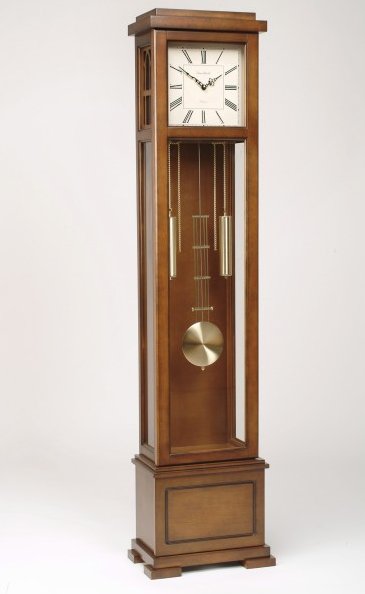
|
|

|

|
|

|
|
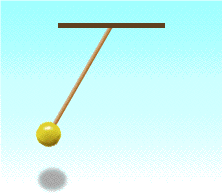 Simple Pendulum
Foucault Pendulum: Used to show that the Earth rotates on its axis, it is not stationary. |
|
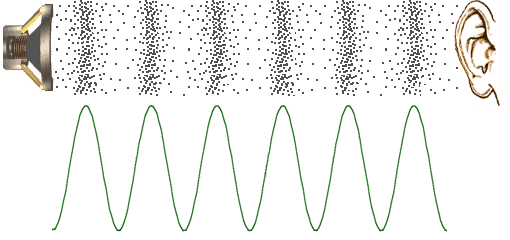
|
|
|
|
|
|
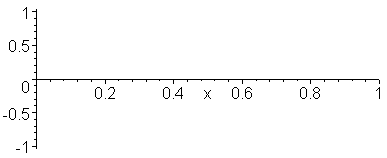
Different Modes of Oscillation (different wave frequencies). Again notice that the nodes are stationary. The crests peaks of the combined waves are Antinodes. |

Modes of Oscillation (different wave frequencies) on a drumhead. There are now stationary lines where the wave amplitude is zero . |
|

|
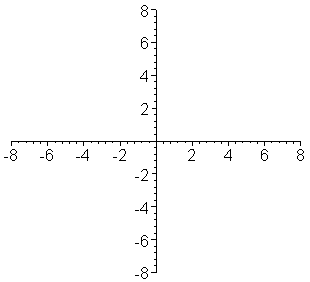
|
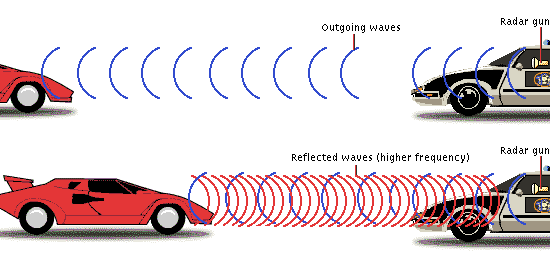
|
The wave generator launches a series of equi-spaced concnetric circles. The distance between the crests is constant if the waves are generated at regular intervals. No wave interferes with another. |
The wave generator moves to the right and so launches a series of circles whose centers are equi-spaced in the direction in which the wave generator moves. The distance between the crests of the waves varies depending upon whether you are in front of the source or behind the source. This is the Classical Doppler Shift. As long as the soure of the waves moves more slowly than the waves, no wave still interferes with another. |
An analogous effect occurs for electromagnetic radiation. A directed beam of microwaves with wavelength Wo aimed at an approaching car, reflects off the approaching car. The reflected beam of microwaves returns to the observer with a shortened wavelength Wr . The amount of compression depends on the speed of the moving car (see the middle panel above). Recall that the relative change in the wavelength is given by
Microwaves, electromagnetic radiation travel at the speed of light, c = 300,000 km/s = 1,080,000,000 km/h! A car moving at 100 km/h would then lead to a relative shift in the wavelengths of the returning microwaves of 0.000000093. A remarkably small shift, but detectable. This is why we don't see Doppler shifted colors in our everyday lives. |
| ||||||
|